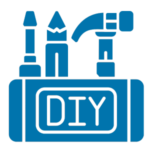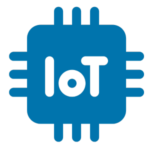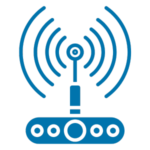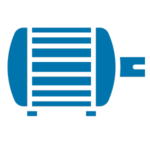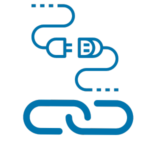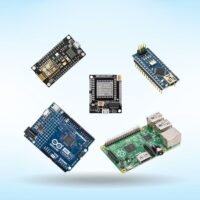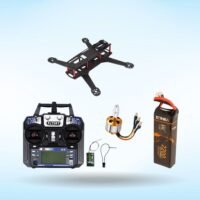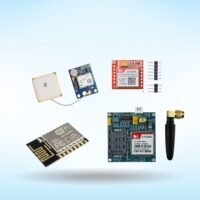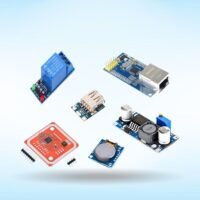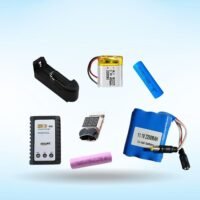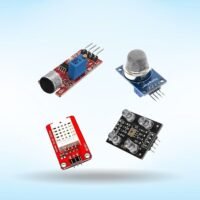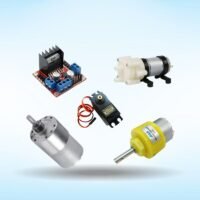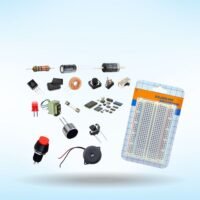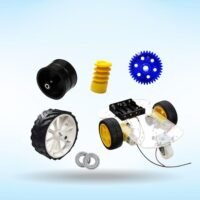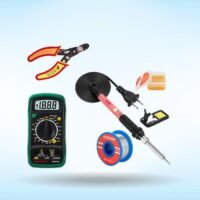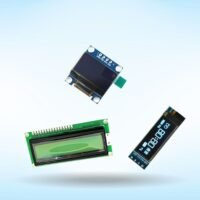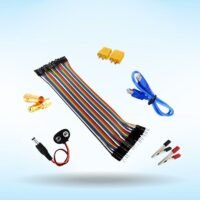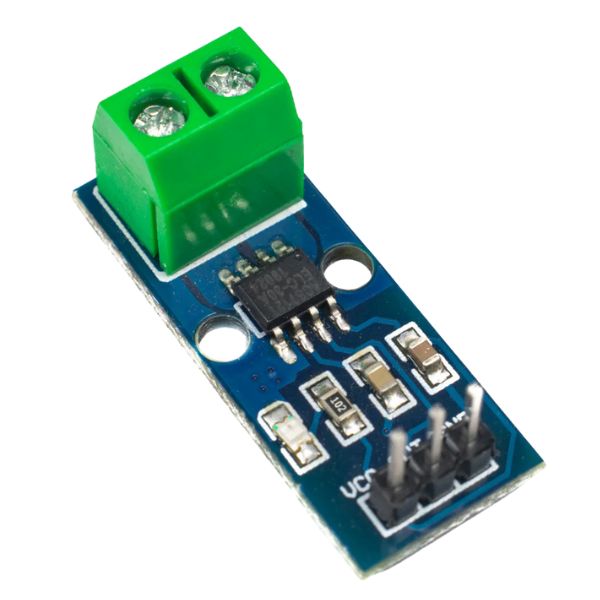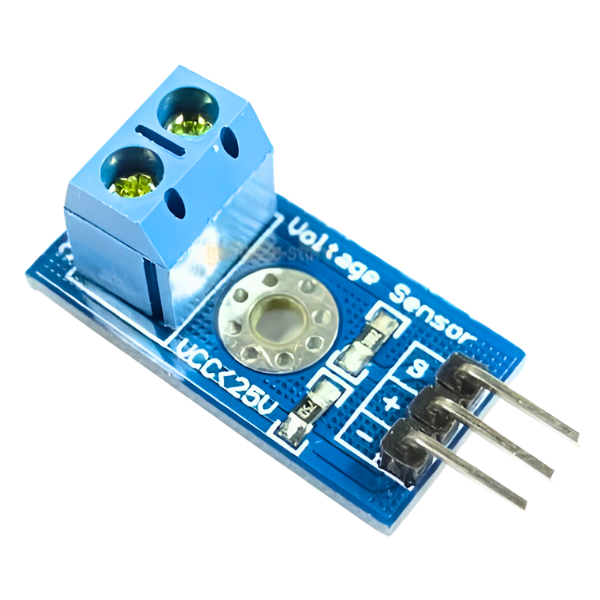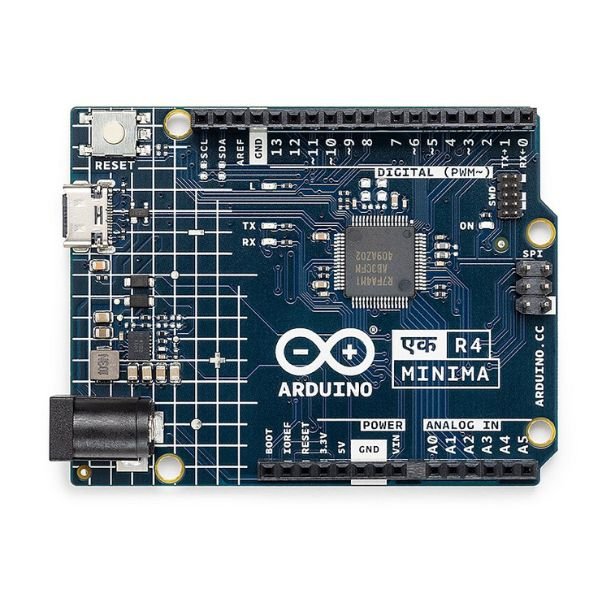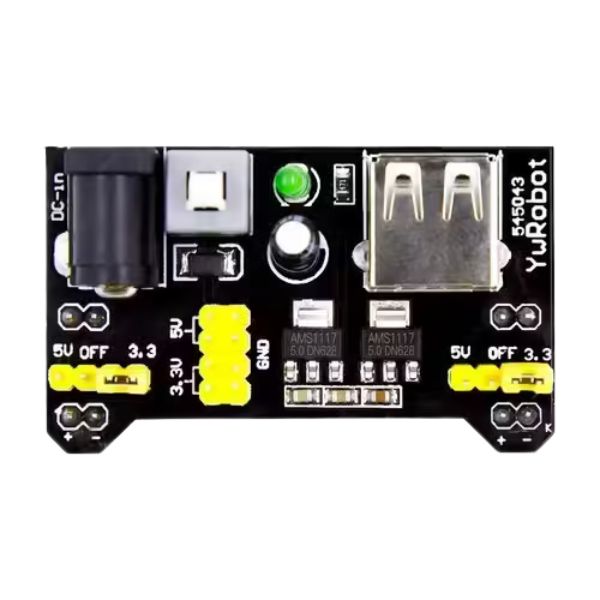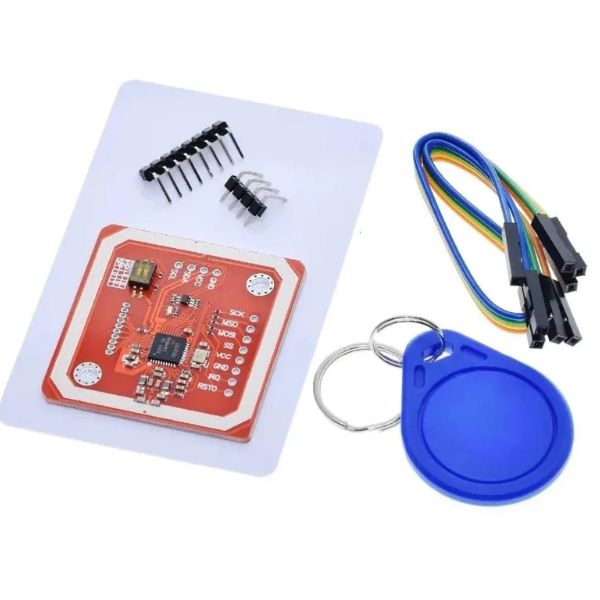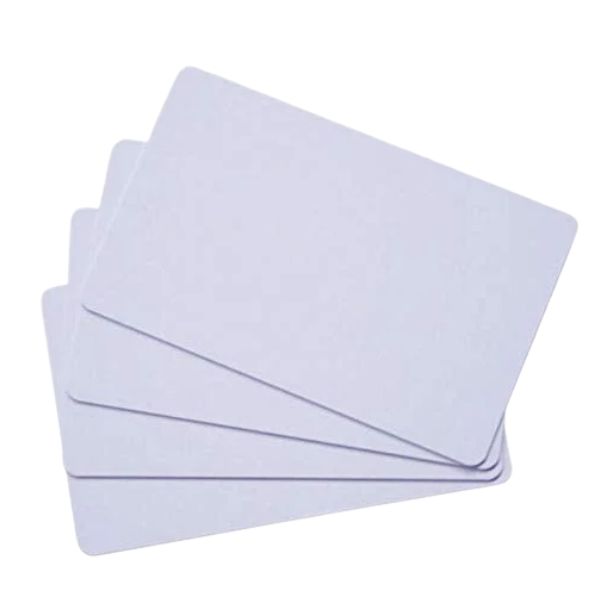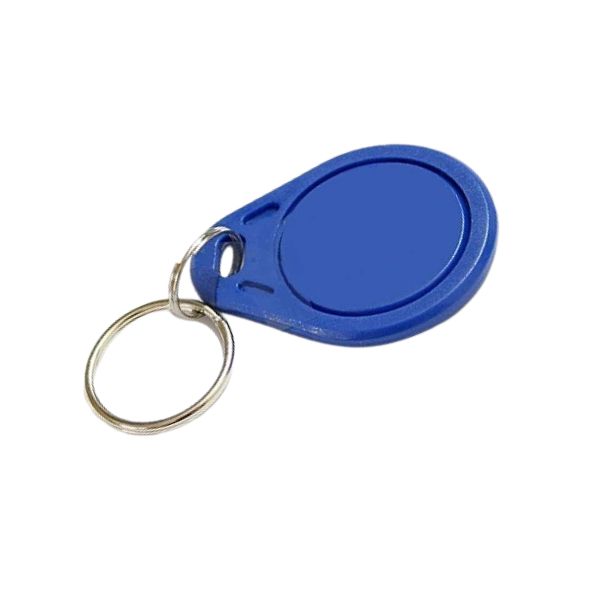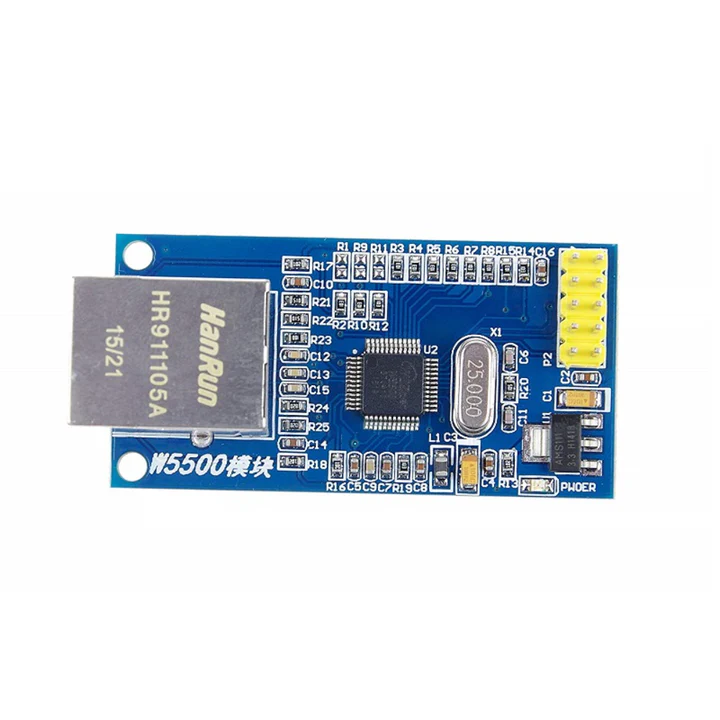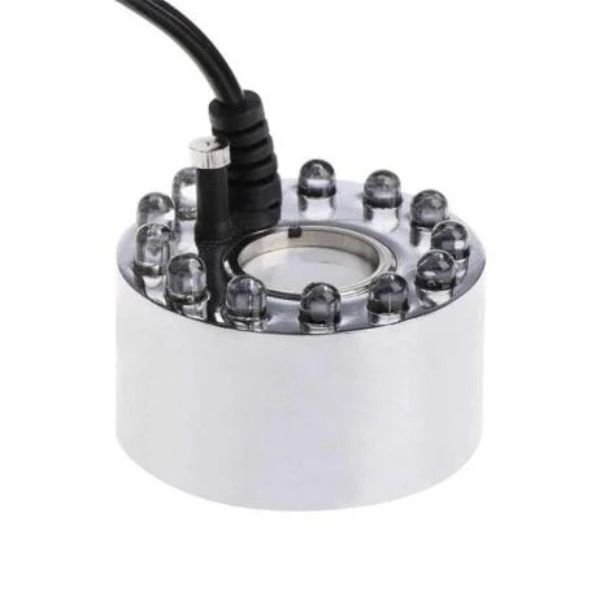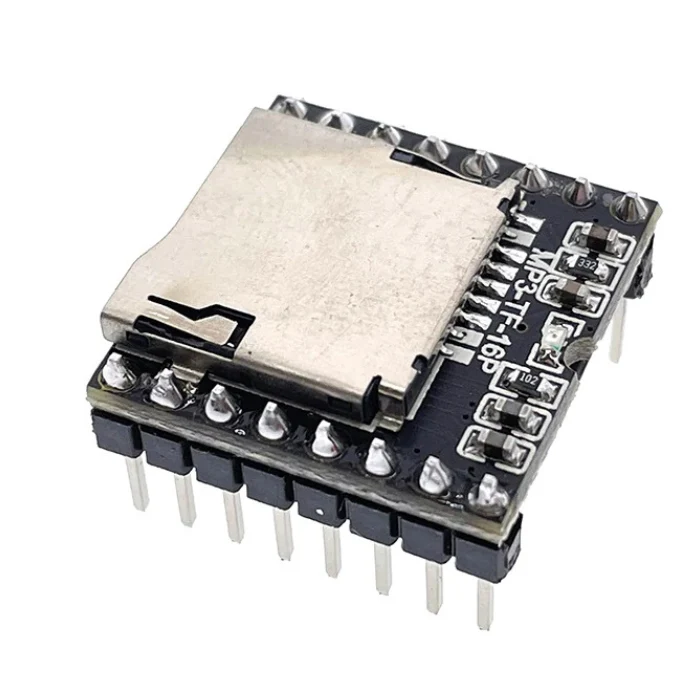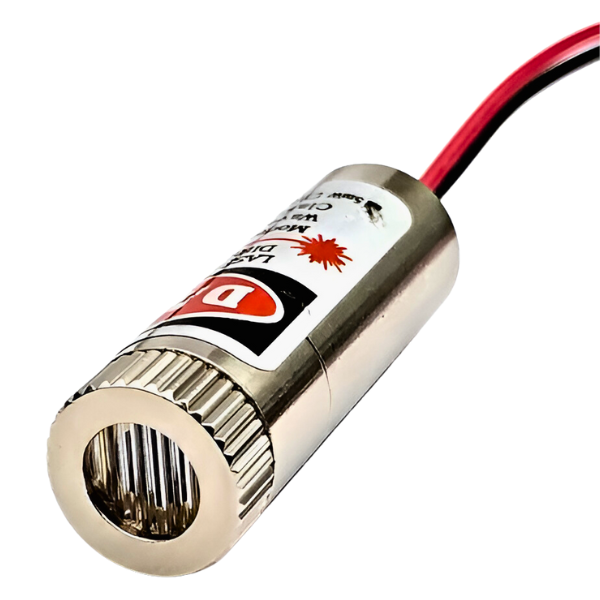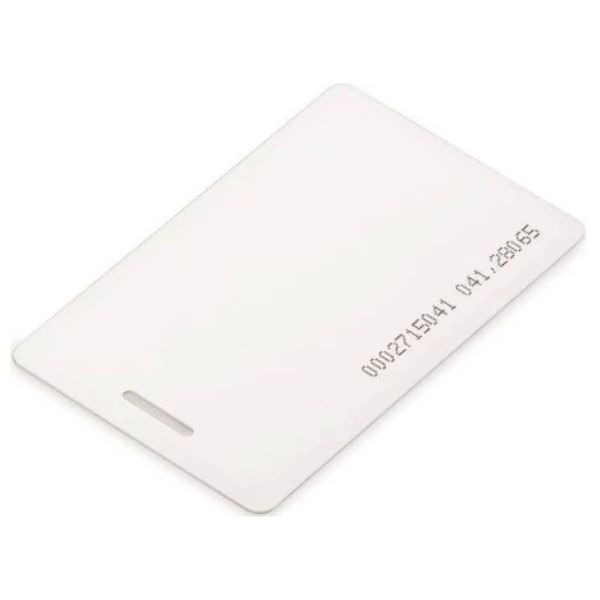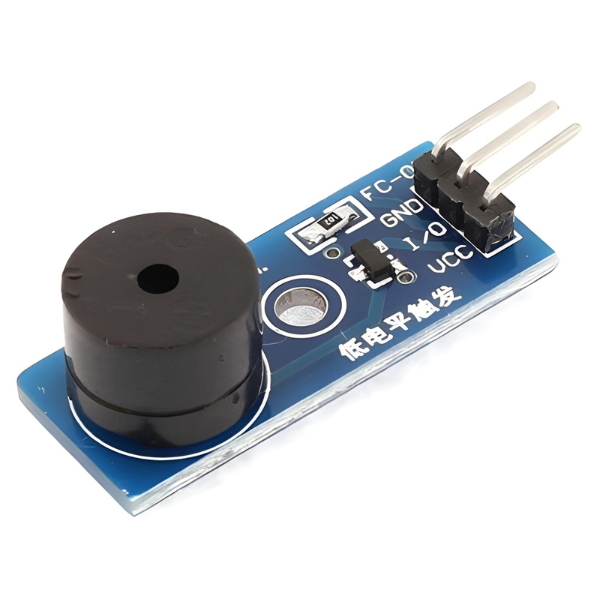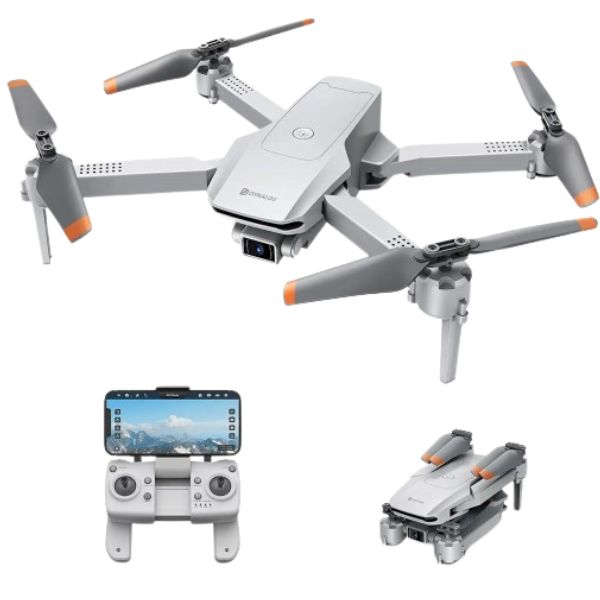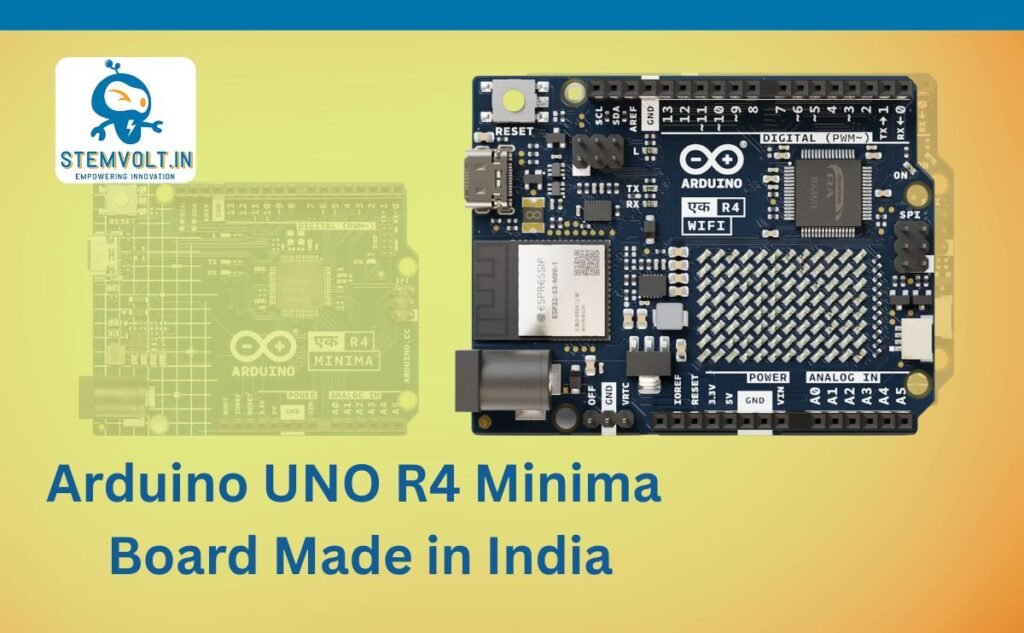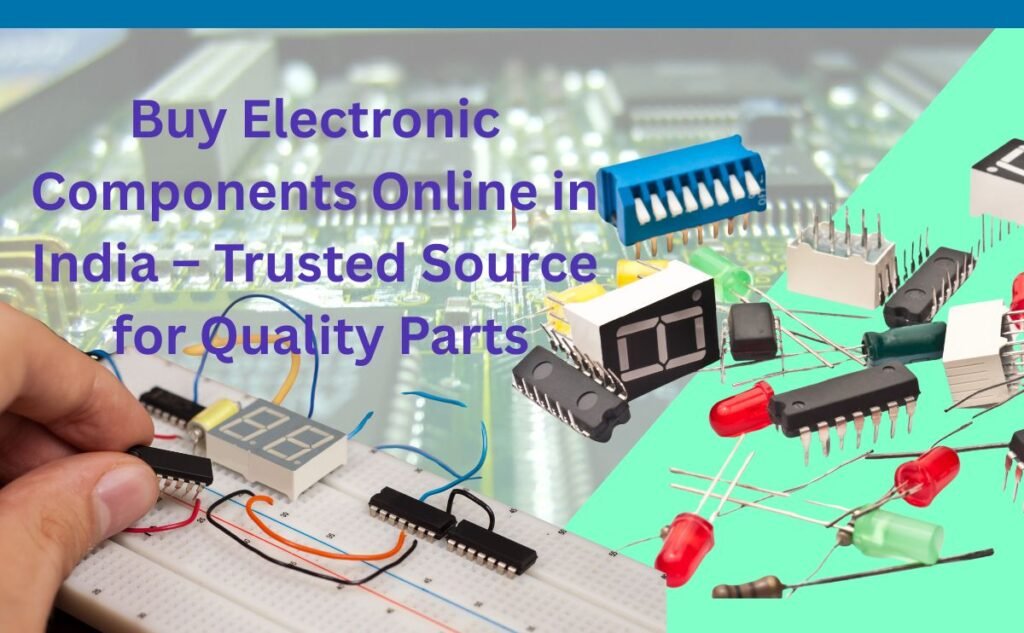Best Price Guaranteed
MQ-6 Gas Sensor Module For Propane, Butane, And LPG Detector Module
In stock
₹90.00 (Included GST)
SKU:
SVT-2021
Microcontroller
Raspberry Pi Pico (Without Soldered Heads)
In stock
SKU:
SV-DEV-MR003

3.5mm Gold Bullet Banana Connector Plug For ESC Battery Motor / Pair
₹25.00 (Included GST)SERVO EXTENSION CABLE 15CM MALE TO FEMALE WIRE
₹40.00 (Included GST)ZMR 250 / QAV250 V2 Carbon Fiber Frame Kit RC Drone FPV Racing 3.0mm Arm Thickness
₹1,050.00 (Included GST)B3 Lithium Battery Charger for 2S and 3S LiPo Batteries
₹360.00 (Included GST)A2212 1400KV Brushless Motor For RC Airplane / Quadcopter
₹395.00 (Included GST)Electronics Modules
LM2596 DC-DC Adjustable Step Down Buck Converter Power Supply Module
In stock
₹45.00 (Included GST)
SKU:
SVT-2751
PAM8403 Mini Digital Amplifier Board – 5V 3W Module with Volume Control
In stock
₹65.00 (Included GST)
SKU:
SVT-2703
LED Traffic Light Signal Module / Digital Signal Output Traffic Light Module
In stock
₹45.00 (Included GST)
SKU:
SVT-2181
FT232RL USB TO TTL 5V 3.3V Download Cable To Serial Adapter Module for Arduino
In stock
₹125.00 (Included GST)
SKU:
SVT-2804
XL6009 DC- DC Adjustable Step UP Boost Power Converter Module
In stock
₹70.00 (Included GST)
SKU:
SVT-2753
MT3608 2A Max DC-DC Step Up Power Module Booster Power Module
In stock
₹45.00 (Included GST)
SKU:
SVT-2752
Stem DIY Kits
Fisher Scientific 10140 Indicator Papers-Full Range (pH 1.0 To 14.0)- 10 Bks (200 Strips)
In stock
SKU:
SV-DIY-SE003
Dynalog GPS Drone With 4K Camera For Adults, DR-DG600C Rc Quadcopter With Auto Return, Follow Me, Gesture Control, Point of Interest, Way Points, Headless Mode, with1 Battery
In stock
₹9,950.00 (Included GST)
SKU:
SV-DIY-DK002

Motors & Drivers
Powering Your Projects with High Torque Precision.
2.4″ Inch Touch Screen TFT Display Shield for Arduino UNO
In stock
₹580.00 (Included GST)
SKU:
SV-DEV-SA009
Arduino UNO R4 Minima & R4 WiFi – Made in India, Now Available on StemVolt
Introduction to the Next Generation Arduino R4 BoardsIn the world of embedded systems and electronics innovati...
Buy Electronic Components Online in India – Trusted Source for Quality Parts
Looking for affordable and genuine electronic components online in India? Whether you're a student, DIY maker,...
Line Follower Robot Car with Arduino
Line Follower Robot Car with Arduino – Easy DIY Project GuideIntroductionLooking for a simple yet exciting Ard...
Buy Premium Drone Parts in India – Stemvolt’s Complete Guide for Builders & Institutions
The Heart of Every Drone is in its PartsDrones have revolutionized industries – from agriculture and surveil...
- Subscribe to our Newsletter
